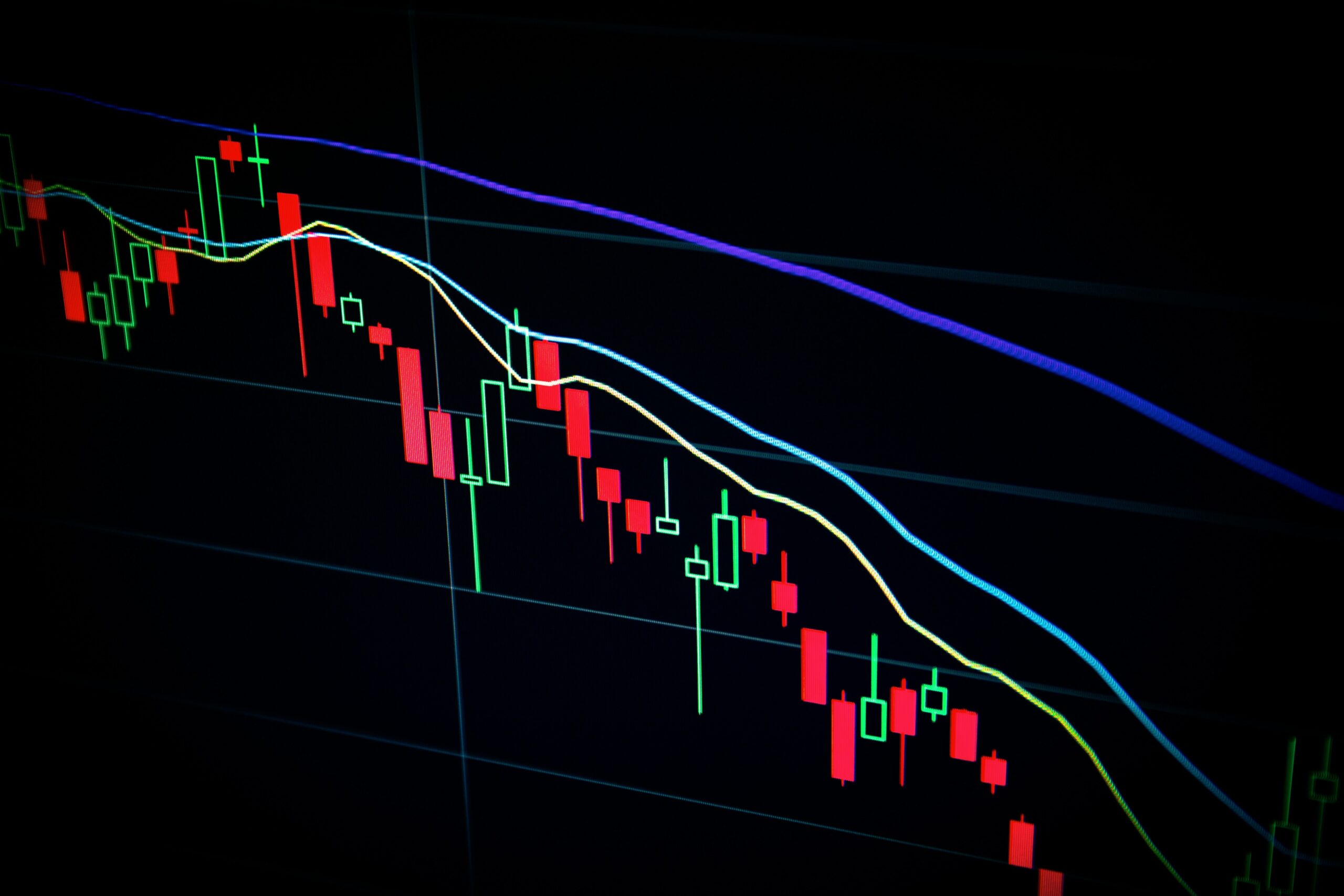We’ve written several pieces on the topic, including Top Ten Reasons for a CPG First-Party Data Approach, The Direct-to-Consumer Model for CPG, and How to Make CPG Marketing Better with a Data-Driven Approach. Some of the biggest brands in the CPG industry have already implemented first-party data strategies. Many mid-market CPG brands, however, have yet to start on that journey. For these brands, moving forward is not a question of “why?” but “how?”
Creating a first-party data strategy can often seem a daunting and complicated task, especially for CPG brands with fewer resources. But it does not have to be overly complicated to yield significant value. To help, here’s a simple five-step process for creating a first-party data strategy for CPG. Our goal is to remove the complexity and intimidation factor so more CPG brands can find their path to unlock more value.
1) Inventory Your Customer Data
Even if you don’t have a formal first-party data strategy, chances are you have millions of customer data points across multiple locations and platforms. CPG brands often have online behavioral profiles from websites, mobile apps, loyalty programs, e-commerce sites, or even customer service contacts.
Combining customer data points allows for a holistic view of customer data. Data management platforms (DMPs) or customer data platform (CDP) solutions can tie disparate data sources together. Neither is necessary at this point, however. The first step is simply about creating an inventory of possible data points rather than trying to collect everything immediately.

2) Determine Your Data Needs
The benefit of creating a first-party data strategy for CPG is to bring the consumer to the center of every interaction. During the inventory phase, you most likely discovered more data exists within the system than initially thought. But, we also expect that there will still be gaps in your data capture strategy.
Before collecting additional data, it’s important to take a step back to analyze what data points of those available you should collect. Typically, data is used to unearth audience insights and create more beneficial personalization and marketing. How a brand chooses to realize these goals will be different for everyone.

“Spend time mapping the consumer journey and highlighting the key points of inspiration, decision, and transaction. Think through the journey and figure out what data is needed to improve each step.”
This exercise should not be too complicated, and it helps determine your data needs in a more focused manner. Once you understand the data you have and want, you will be better prepared to source the remaining data needed to succeed.
3) Assess Partners and Platforms
Creating a first-party data strategy does not have to be complicated, and the work does not need to fall solely on the CPG brand. After all, the brand’s role is to market and sell, not to be a first-party data expert. Many organizations do not possess the necessary knowledge, technology, or agility to manage data volume and velocity effectively.
Finding the right partner to help manage the strategy and execution is critical if you want to help enrich and scale more targeted campaigns with first-party data. Managing data scale and complexity for marketing is a role we have performed for more than 30 years for some of the most notable CPG brands. A time-tested partner can also help CPG brands navigate privacy regulations such as GDPR, CCPA, and the intensifying assault on cookie tracking.
It’s also beneficial to invest in a solution that brings together disparate customer data into one system. As we mentioned earlier, DMPs and CDP solutions help connect all data sources into unified consumer profiles. Using an agile platform is helpful as additional data from first-party sources is generated. These platforms can also accommodate second-party, third-party, transactional, and behavioral data added in the future.
4) Gather and Collect Your Data
Once you know what data you have and need and establish the partners and platforms to make it happen, it’s time to get started pulling all the data together. Typical ways CPG companies collect first-party data include browsing data from brand microsites, mobile apps, and D2C offerings. But don’t forget to include survey data, offline experiences, and even customer service connections.

5) Test, Measure, and Refine
Once your strategy is set and the consumer data is populated, it’s go time, right? Wrong. Before running full-scale campaigns, test your audiences and messaging to make sure your hypotheses are accurate. Using what you learn from these types of tests helps you make needed adjustments before launching full campaigns.

“Over time, you’ll discover how specific audiences react to different campaigns and offers. Analyzing insights will help you make more informed business decisions and drive better results.”
The Value of a First-Party Data Strategy for CPG
CPG brands need to understand better the consumer and shopper; the more intimate that understanding, the better. Insight into who is buying, how much they’re buying, and when and where they’re buying is valuable. The more you understand your customer, the more you can fulfill their needs and anticipate their desires. Make no mistake, first-party data is the fuel that runs modern marketing. Being able to use that fuel efficiently will continue to separate brands in retreat from the highly successful.















